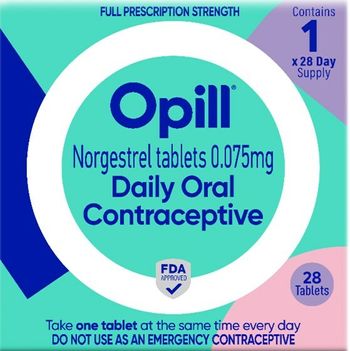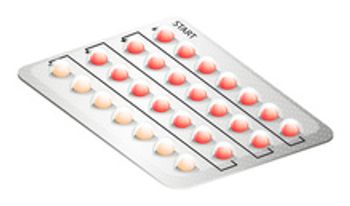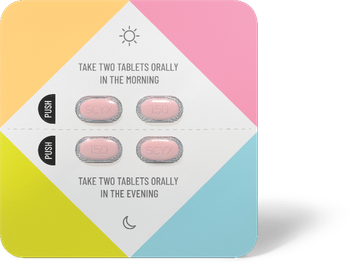
Protecting women's health
Women have distinct health care risks--preventive screening can forestall the development of some costly conditions.
At work with the CDC
Protecting women's health
By Lynda A. Anderson, PhD, Julianna S. Gonen, PhD, and Kathleen Irwin, MD, MPH
American women went to work in droves during World War II, and three out of five are now holding down jobs. In fact, women constitute 47 percent of the U.S. workforce. Men and women alike face certain major health risksafter age 50, for instance, they are at equal risk for cardiovascular diseasebut women have distinct health care needs. They are at risk for certain serious diseases that, if undetected and untreated, can be costly to manage. Preventive screening can forestall the development of these more costly conditions.
Last year, the Health Plan Employer Data and Information Set, reflecting the recommendations of several medical specialty organizations, included three screening measures for women: mammography to detect breast cancer, Pap tests to detect cervical cancer and chlamydia screening to prevent adverse pregnancy outcomes, infertility and other complications of this sexually transmitted disease.
Breast cancer is the second most common type of cancer in American women, outnumbered only by lung cancer. An estimated 193,700 new cases will occur this year, and 40,600 women will die from the disease. The five-year survival rate is 97 percent for localized breast cancer. That drops to 22 percent if the diagnosis is made after the cancer spreads to distant sites. Mammography is the most effective method for detecting breast cancer while it is still most treatable.
The incidence of invasive cervical cancer has decreased remarkably over the last 40 years. Nevertheless, an estimated 12,800 new cases will occur this year, and about 4,400 women will die from the disease. Early detection through Pap tests can reduce the chance of death by as much as 75 percent.
Chlamydia is the most common sexually transmitted disease in the U.S., with an estimated three million new infections every year. Untreated chlamydial infection may lead to pelvic inflammatory disease, ectopic and other adverse pregnancy outcomes and infertility. Chlamydia screening tests and treatment are simple, inexpensive and readily delivered in any clinician's office.
What can employers do?
Three actions by employers can do a great deal to improve the health of female workers. They can, first of all, negotiate health plan contracts that include these preventive services. Secondly, employers can use HEDIS measures to monitor plan performance in providing these services. Finally they can conduct workplace seminars, distribute brochures and develop web sites to emphasize the value of screening.
To learn more, visit CDC's National Breast and Cervical Cancer Early Detection Program web site at
What HEDIS tells you about women's health
The National Committee for Quality Assurance measures three types of screening for women in the Health Plan Employer Data and Information Set.
Breast Cancer: HEDIS measures "the percentage of women aged 52 to 69 who had had at least one mammogram during the past two years." Between 1996 and 1999, screening has increased from 70.3 percent to 73.4 percent. This means that 966 more cases are diagnosed at more treatable stages.
Cervical Cancer: HEDIS measures "the percentage of women aged 21 to 64 who had had at least one Papanicolau (Pap) test during the past three years." Between 1996 and 1999, screening increased from 70.4 percent to 71.8 percent. At the current rate, plans reporting to NCQA detect more than 1,491 cases of cervical cancer and prevent nearly 164 deaths per year.
Chlamydia: HEDIS measures "the percentage of women aged 16 to 26 who were identified as sexually active [defined as those who had a claim for pregnancy or sexual health services] who had at least one test for chlamydia during the previous year." When the measure was implemented in 1999, chlamydia screening rates were below 20 percent.
Lynda Anderson and Kathleen Irwin are with the Centers for Disease Control and Prevention. Julianna Gonen is with the Washington Business Group on Health.
Lynda Anderson, Julianna Gonen, Kathleen Irwin. Protecting women's health. Business and Health 2001;3:47.
Newsletter
Get the latest industry news, event updates, and more from Managed healthcare Executive.






















































